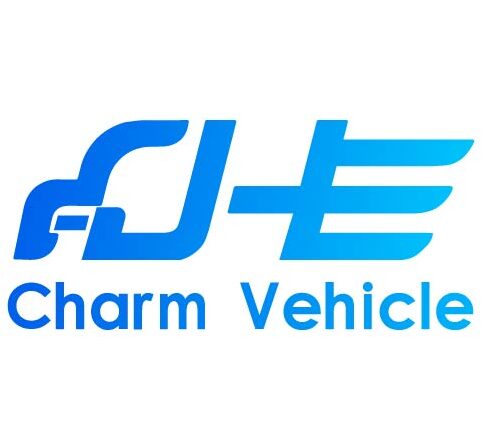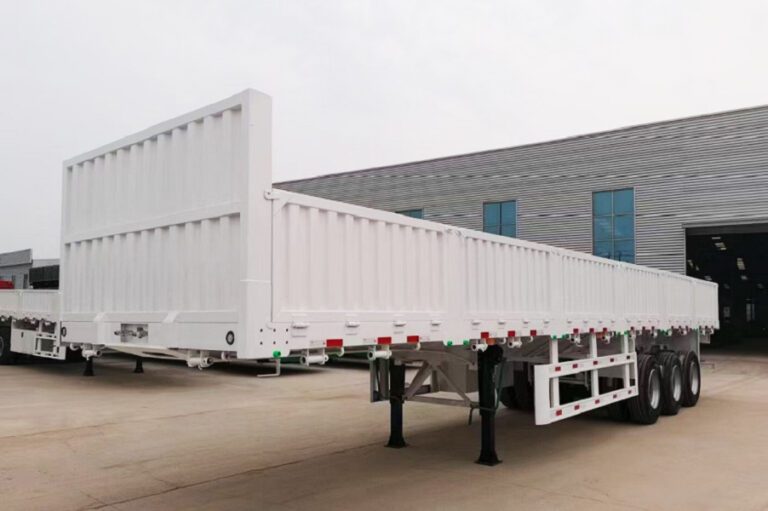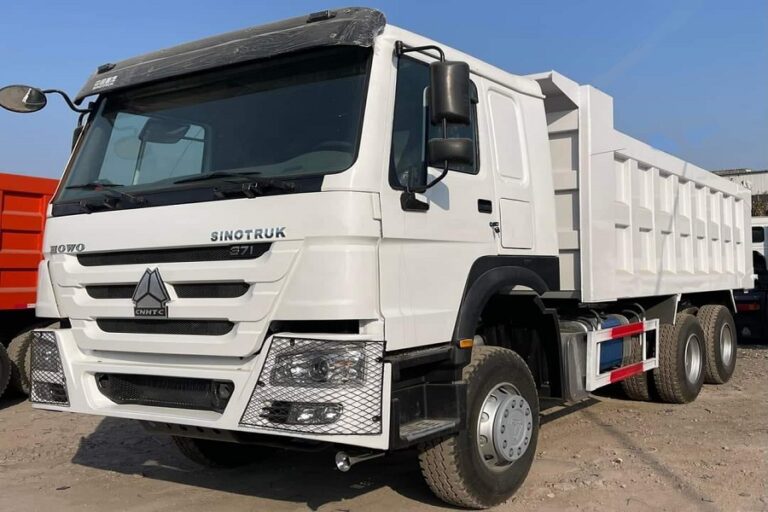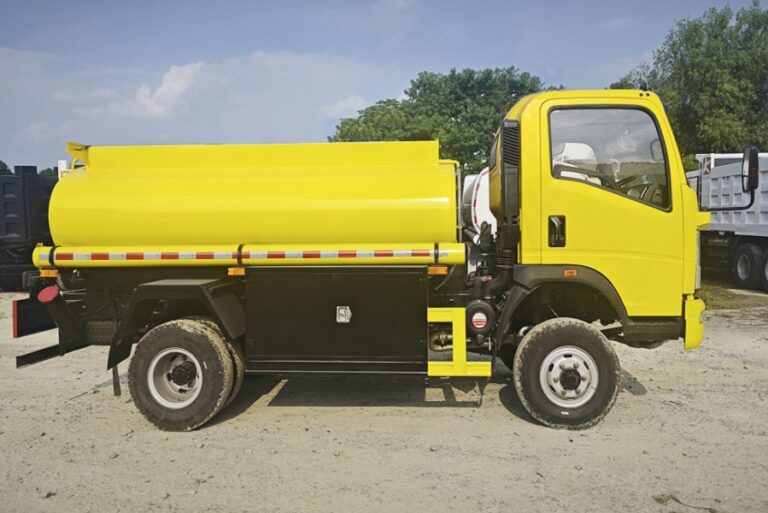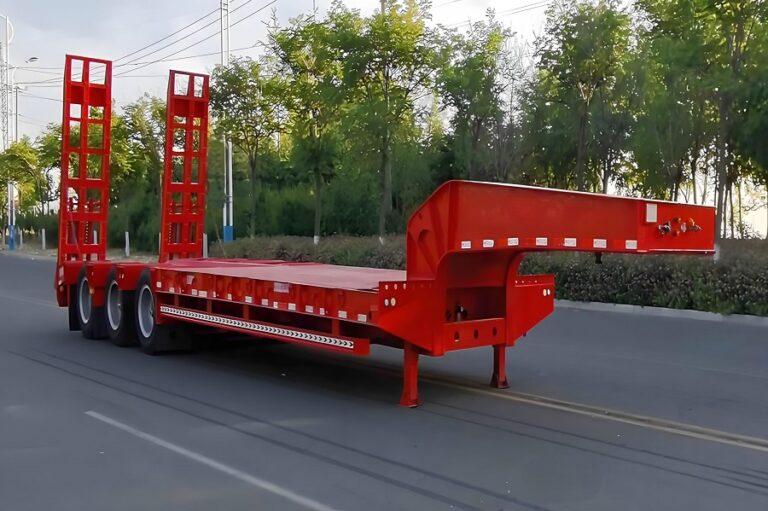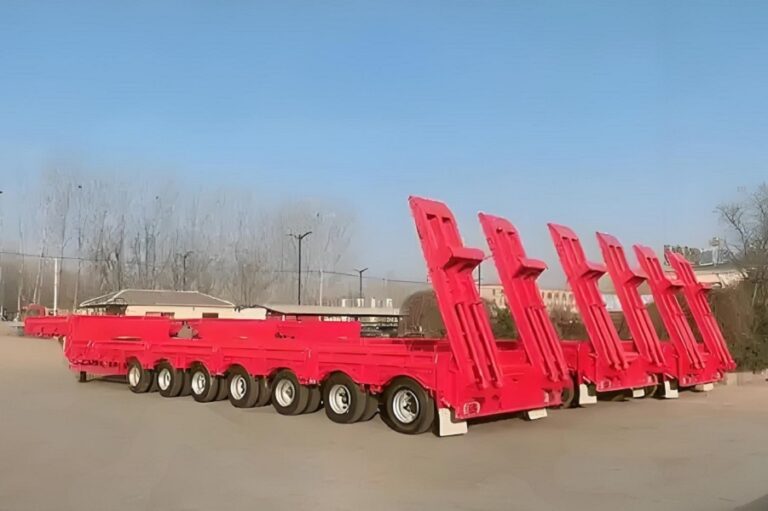Key Words: Interlink Semi-Trailer, Features, Applications, Advantages, Designs, Challenges
An interlink semi-trailer is a specialized trailer configuration widely used in the freight transportation industry. This design involves two connected trailers that can be towed by a single truck or tractor unit, providing enhanced cargo capacity and operational efficiency. It is especially popular in regions where high-capacity freight solutions are needed, such as in logistics, construction, and agriculture. Below is a detailed exploration of its features, advantages, and applications.
Key Features
- Two Trailers with a Central Connection
- The interlink setup consists of two trailers linked via a central axle or drawbar mechanism. This connection allows for even weight distribution between the trailers, reducing the strain on the truck or tractor unit and ensuring smoother transportation.
- Enhanced Cargo Capacity
- By combining two trailers, an interlink configuration can carry significantly more cargo than a standard semi-trailer. This makes it ideal for transporting bulk goods, retail products, or other high-volume freight.
- Maneuverability
- Despite its increased length compared to traditional trailers, the design of interlink trailers ensures improved maneuverability. Advanced steering and coupling systems enable them to navigate tighter spaces and various road conditions, from highways to urban areas.
- Modularity
- Interlink trailers are highly modular, allowing operators to detach one trailer when needed. This feature adds flexibility in situations where specific cargo volumes or road conditions demand adjustments.
Common Applications
Interlink semi-trailers are versatile and used across a variety of industries:
- Logistics and Retail: Transporting consumer goods, packaged products, and bulk retail items over long distances.
- Construction: Moving heavy machinery, building materials, and equipment.
- Agriculture: Hauling grains, livestock feed, and other agricultural products.
- Mining and Bulk Transport: Transporting raw materials such as coal, ore, and other heavy loads.
Advantages of Interlink Semi-Trailers
- Operational Efficiency
- By carrying more cargo in a single trip, interlink semi-trailers can reduce the number of trips required for freight transport, leading to lower fuel consumption and reduced operating costs.
- Improved Delivery Times
- With higher cargo capacity, logistics operators can meet delivery deadlines more effectively, especially for bulk shipments.
- Flexibility in Urban and Rural Environments
- Interlink setups are designed to handle both urban environments with tight turns and rural areas with challenging terrain, offering greater adaptability compared to rigid trucks.
- Lower Environmental Impact
- Fewer trips mean reduced emissions, contributing to a smaller carbon footprint for companies aiming to align with sustainability goals.
Variants and Specialized Designs
- Superlink Drop-Side Semi-Trailers
- These interlink configurations feature drop-side panels, allowing for easier loading and unloading from the sides. They are often used in industries requiring quick access to cargo, such as agriculture or construction.
- Side Wall Trailers
- Side wall trailers are a variant with removable or hinged side panels, enabling convenient side loading and unloading of materials.
- Interlinked Lifting Trailers
- These designs incorporate lifting mechanisms, which are especially beneficial in industries like construction and agriculture. The lifting functionality allows for side dumping or elevating the cargo platform for easier material handling.
Challenges and Considerations
While interlink semi-trailers offer numerous benefits, there are challenges to address:
- Length and Licensing Regulations
- In some regions, the use of interlink trailers may be subject to strict length restrictions and special permits, limiting their deployment.
- Driver Training
- Operating an interlink semi-trailer requires skilled drivers familiar with handling longer configurations and ensuring safe maneuverability.
- Maintenance Requirements
- The increased number of axles and connections can lead to higher maintenance needs, necessitating regular inspections to ensure safety and efficiency.
Interlink semi-trailers are an integral part of modern freight transportation, offering a balance of capacity, flexibility, and efficiency. Their ability to transport large volumes of goods while maintaining maneuverability makes them indispensable in industries like logistics, construction, and agriculture. However, their deployment must consider regulatory compliance, operational challenges, and skilled workforce availability to maximize their benefits.
By investing in interlink semi-trailers, you can achieve cost-effective and sustainable transportation solutions, staying competitive in an ever-demanding global supply chain.
For more information or to learn about our services, please feel free to contact us. We are here to assist you with all your needs.You can also click here to know more about our products.
- Cement Tanker Trailer1 product
- Drop Side Semi Trailer3 products
- Flatbed Trailer2 products
- Fuel Tanker Trailer1 product
- HOWO Dump Truck1 product
- HOWO Fuel Tank Truck1 product
- HOWO Tractor Head1 product
- Low Bed Trailer2 products
- LPG Tank Trailer1 product
- Skeletal Trailer1 product
- Superlink Trailer2 products
- Tipper Trailer1 product
- Used Pickup Truck4 products
